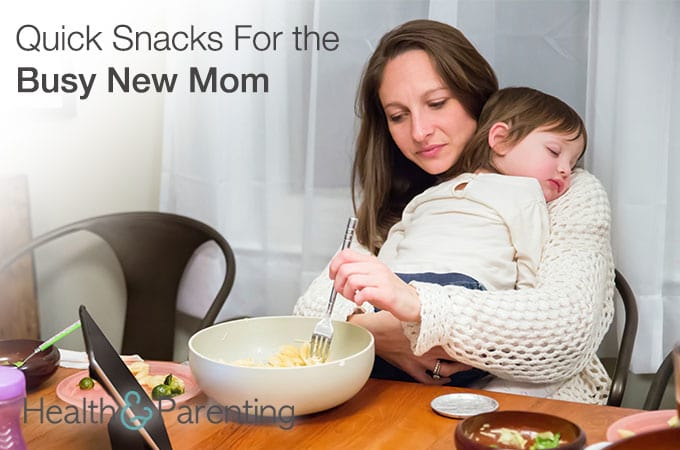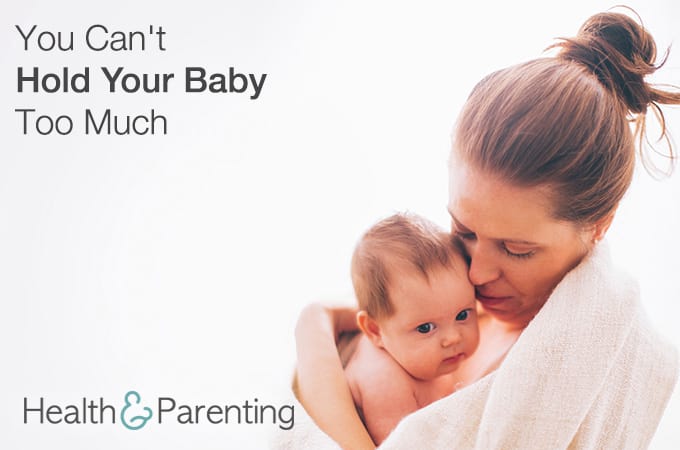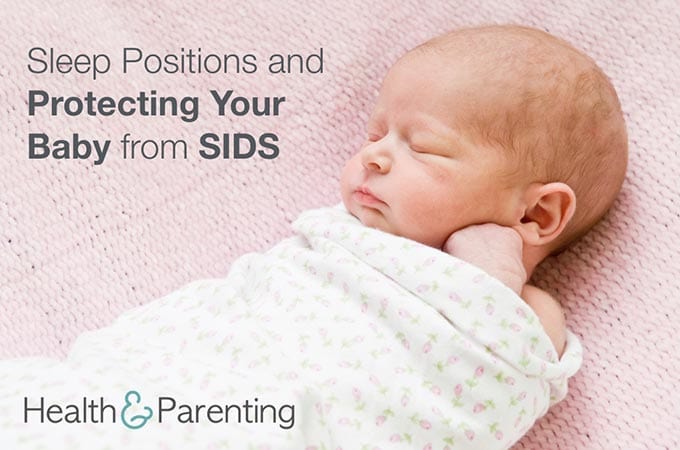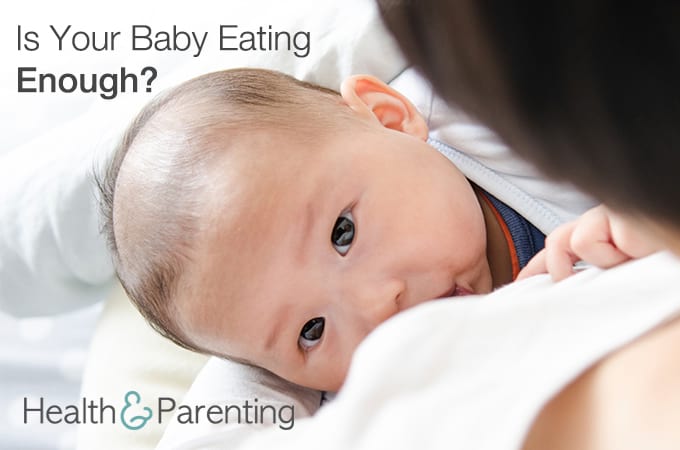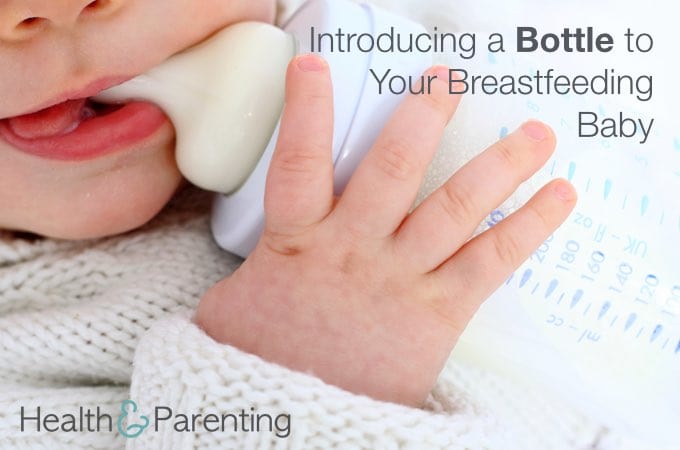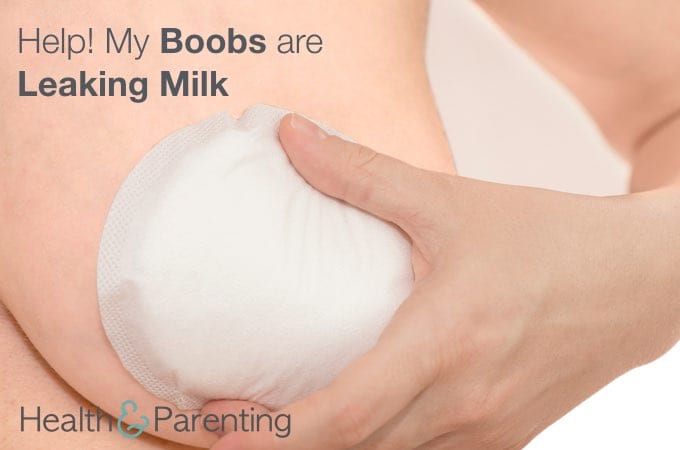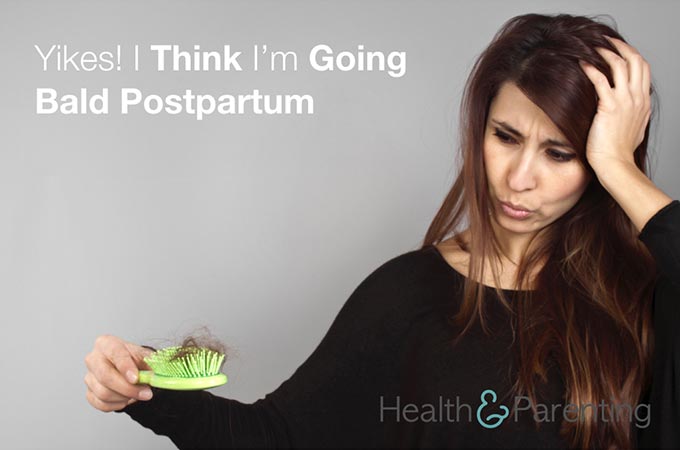When you’re caring for a newborn – or even chasing after a toddler – maternal nutrition may be the last thing on your mind. But taking care of yourself needs to be a priority so you can in turn care for your family. Good nutrition can help moderate some of the fatigue new moms feel, and can help you keep up with the demands of being a mom.
Instead of three meals a day, try for five or six smaller meals and snacks to keep your blood sugar steady and your energy up. This will also keep you from getting overly hungry and binge eating whatever you can get your hands on!
Make every food count nutrient-wise. The most filling meals and snacks will be a combination of a protein, a carbohydrate and a fat. Choose fresh foods with little processing, if possible.
Keep your cupboards and refrigerator stocked with foods that you can grab and go (bonus points if you can eat them one-handed while holding a baby in the other arm). Consider these convenient, yet healthy, choices:
- Yogurt: The probiotics in yogurt will improve your gut health, and the protein will fill you up. Opt for low fat and organic without added sugar, if you can. Pre-made smoothies are a great convenience food to invest in for the early days at home with a newborn.
- Fruits, such as bananas, apples, pears, grapes: Keep a bowl of cleaned fruit within reach on your table. Having it in sight makes it more likely you’ll grab a piece when you’re feeling hungry. The fiber, vitamins, minerals and antioxidants will provide you with a nutritional boost.
- Nuts: Almonds, walnuts and other tree nuts are nutritional powerhouses, full of healthy fats, protein and heart-healthy minerals. Add some dried fruit and seeds for trail mix goodness. Breastfeeding mothers whose children have a high risk of developing an allergy, may want to discuss with their healthcare provider about eliminating foods such as dairy, nuts, eggs, and fish from their diet. However, so far there is no clear evidence that a breastfeeding mother’s diet will have any effect on whether her baby develops an allergy.
- Vegetables like baby carrots or celery sticks: Just like fruits, the added vitamins and minerals from fresh vegetables will keep you healthy and the fiber will keep you feeling full. Having pre-cut choices in the crisper will make it more likely for you to grab a handful when you’re hungry.
- Cheese sticks / string cheese: Cheese makes a fantastic snack, and the ease of prepackaged cheese sticks or string cheese make them a likely choice for a busy mom. A part-skim mozzarella stick contains protein and calcium while limiting calories – grab some whole-grain crackers to go along and you’ve got a complete snack.
- Granola bars / whole grain cereal bars: While these easy snacks come in an amazing variety of choices, be sure to choose brands with less sugar and more fiber. Protein bars also make a good choice for moms who are having difficulty fitting in meals.
In addition, keep water by your side throughout the day, especially if you’re breastfeeding. Dehydration can lead to fatigue, headaches and more. Make sure you’re drinking about eight 8-ounces glasses of water each day to feel your best – more if you’re breastfeeding.
What are your favorite snacks to have on hand?
Written by Michelle, childbirth educator, lactation consultant, and mother to 4 busy kids
This information is not intended to replace the advice of a trained medical doctor. Health & Parenting Ltd disclaims any liability for the decisions you make based on this information, which is provided to you on a general information basis only and not as a substitute for personalized medical advice. All contents copyright © Health & Parenting Ltd 2016. All rights reserved.

